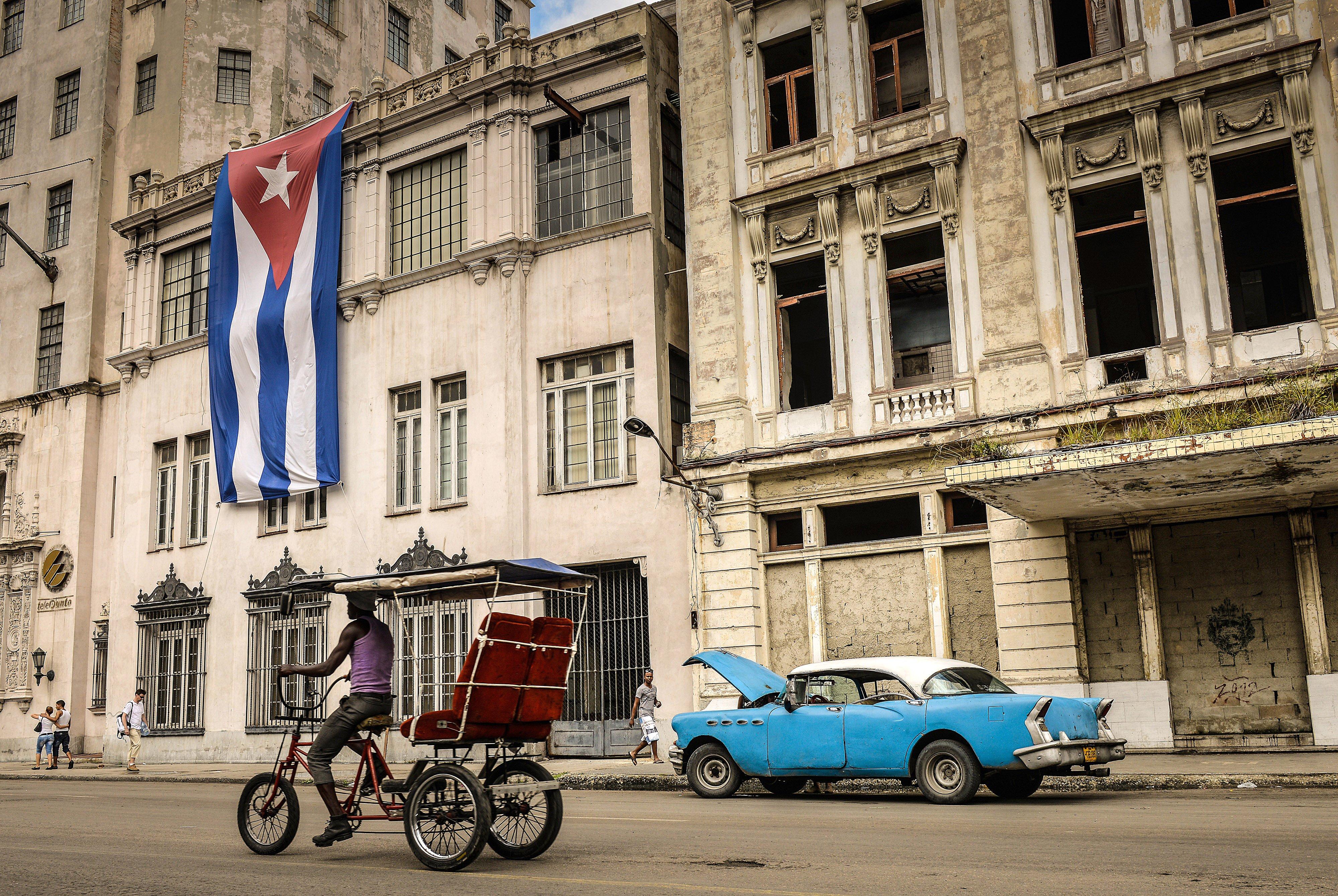In December, after many months of secret correspondence with Cuban President Raul Castro, President Obama publicly declared his intentions of restoring full diplomatic relations between Cuba and the United States. The “Cuban Thaw” hinged on the negotiations of a release of a long-sought political prisoner from Cuban jail in exchange for America’s release of Cubans convicted of espionage. American cigar enthusiasts rejoiced – but what does this mean for the future of Cuba’s economy?
The Obama-Castro agreement, while an unexpected decision, was certainly a historic one, for the United States’ relationship with its Caribbean neighbor has been frigid in recent decades. Beginning with Fidel Castro’s rise to power in 1959, the United States periodically strengthened trade restrictions in response to Castro’s repeated seizure of privately-owned businesses, eventually leading to the 1960 embargo that disallowed nearly all trade between Cuba and the United States. Sanctions were later expanded to prohibit financial transactions by Americans in Cuba, and they also prohibited American travel to the island nation. In 1961 the United States officially severed all diplomatic ties with Cuba. This was in response to Fidel Castro’s declaration of his allegiance to Communism, as well as Cuban accusations of American spying during the Cold War.
The Cold War is now over and tensions between the nations are subsiding. Travel restrictions have relaxed significantly, both with the recent Obama initiative and his earlier efforts in 2009. That year saw President Obama allowing telecommunications providers to pursue business in Cuba, as well as allowing close family members of Cuban nationals to visit the country. Previously, the only way someone could visit Cuba was by meeting certain requirements, such as having an adequate religious reason for the trip, holding an approved government or journalism occupation, being a distributor of agricultural or medical products, or certain educational endeavors.
President Obama’s 2014 declaration will expand travel to Cuba by including humanitarian and human rights objectives, authorized trade excursions, information sharing purposes, and private enterprise activity as acceptable reasons. Furthermore, with Congress’s approval, Cuban borders could potentially be opened for all forms of travel, including tourism.
The aforementioned embargo is still in effect today, though the thaw has made progress in loosening it. In fact, the announcement of increased contact between the two nations includes many advances in their economic relations. For example, Cuban staples such as rum and cigars can now be brought into the United States.
Perhaps the most important change for the future of the Cuban economy is the ability to conduct direct financial transactions between the two nations. This change means so much more than simply the new ability to use American credit and debit cards in Cuba. Before, the only way financial institutions could transfer money between the two countries was through a bank in a third country. Now, American financial institutions can directly access Cuban banks and begin investing.
While an enormous step forward, this is not to say there isn’t still a risk associated with American investment or travel in Cuba. The normalization is in an infant stage, and American citizens are still responsible for adhering to any regulations that still exist regarding interaction of any kind with the island nation.
Despite this momentous agreement, this new relationship with America certainly isn’t the first major trade opportunity Cuba has seen. Cuba has long had unrestricted access to trade with essentially every other country in the world, and has even been a member of the World Trade Organization since 1995. Recently, it would appear Cuba is even taking its own active measures to open its eyes to the global economy. A law passed by the Cuban National Assembly in May 2014 allowed completely unrestricted foreign investment for the first time in the country’s history; during this time Cuba also cut taxes in an attempt to create a more secure investment environment. Furthermore, 2,000 companies from 60 countries attended the 32nd annual Havana International Fair, including German economic powerhouses Bosch, MAN, and ThyssenKrupp.
Foreign access to investment in Cuba has been available for quite some time, and yet Cuba remains a typical communist state. The vast majority of Cuban citizens endure harsh poverty and economic hardship, with basic necessities such as milk and eggs rationed to practically unlivable amounts. The collapse of the Soviet Union in the early 1990s left Cuba without its lifeline of Soviet subsidies. This financial support was essential to keeping a Cuban economy devoid of private enterprise afloat.
Cuba has largely chosen not to capitalize on the opportunities it has had thus far to invest in and allow investments from other nations. It is obvious that mere opportunity for foreign investment has not been attractive enough to the Cuban government, and it is unlikely that Cuba will turn on a dime and instantly respond dramatically to this new economic relationship with America.
While America is an exceptional new partner for Cuba, it is not going to automatically pull the Cuban people out of destitution. Specialized cooperation has to occur between the Cuban and American government for that to happen, and it remains to be seen whether or not these new amiable developments will lead to a reinvigorated Cuban state.
